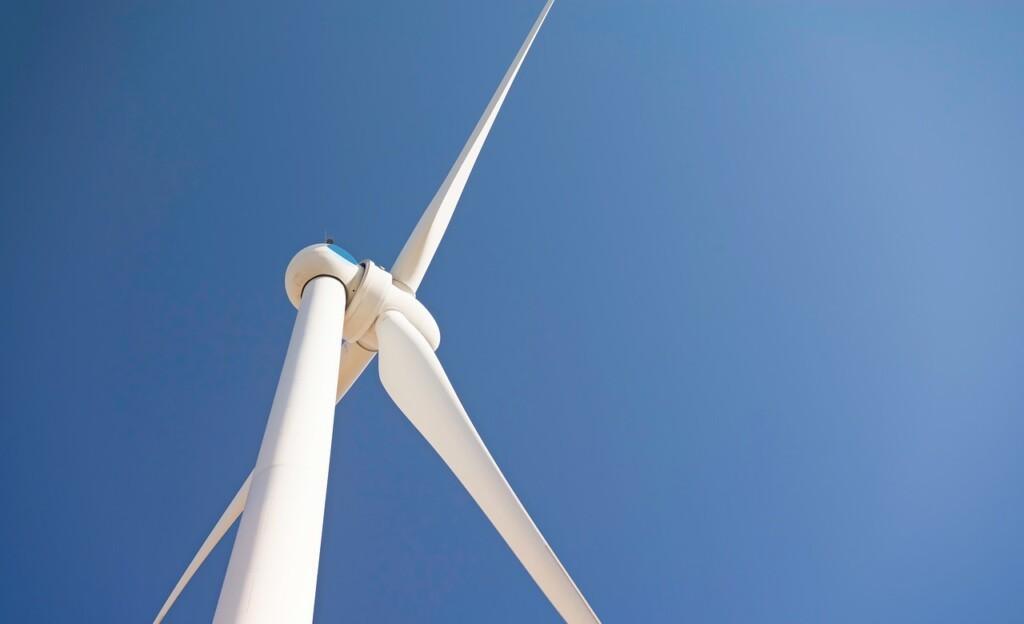Regulatory background and area identification for offshore wind
Significant steps forward have been taken in promoting offshore wind power in the Finnish Exclusive Economic Zone (EEZ), as the Ministry of Economic Affairs and Employment announced four areas within the EEZ to be assessed for their suitability for development of offshore wind projects and published the long-awaited Draft Decree regarding the specifics related to the upcoming tender processes for public consultation.
These advancements follow the new Act on Offshore Wind Power in the Exclusive Economic Zone, which entered into force on 1 January 2025. The Act aims to promote offshore wind power in the Exclusive Economic Zone, clarify the regulatory framework for offshore wind projects within the zone and ensure that the rights to the exploitation of offshore wind power are granted in a fair, transparent and predictable manner. According to the Act, the Finnish Government identifies suitable areas for offshore wind development within the EEZ, and the designated area(s) will be offered to the market through a tender process organized by the Energy Authority. The bids received will be evaluated based on the offered exploitation fee (which is paid to the Energy Authority during the wind farm’s operational period) and the bidder’s ability to meet certain qualitative criteria set for the selected bidder in the applicable legislation and tender request. The winner of the tender will be entitled to apply for an exploitation permit (Fi: “hyödyntämislupa”) for the exclusive right to develop, construct and operate an offshore wind farm in the tendered area.
Areas under assessment and tender terms
The decision on the areas in the EEZ to be tendered for development of offshore wind projects will be made by the Finnish Government. The Ministry of Economic Affairs and Employment has prepared a draft of the tender decision, and this draft has now been submitted for a strategic environmental assessment (SEA) process. A draft plan for conducting the SEA process regarding the draft tender area decision was published for comments in May 2025, providing further insight into the areas currently being evaluated and the preliminary terms of the tender decision to be made in due course.
The SEA process aims to assess the environmental implications of the draft decision to identify suitable offshore wind areas, without evaluating individual projects or their feasibility. It ensures early environmental consideration but does not replace future permitting or project-specific assessments, which must still be submitted and approved separately by the relevant authorities.
The draft plan for the SEA process included four preliminary areas (pictured below) to be assessed for development of offshore wind projects:

According to the draft decision, the following preliminary provisions would apply to the offshore wind areas proposed for tender:
- the efficiency of each tendered offshore wind power area must be at least 5 MW per square kilometre. Whereas the final project area of the wind farm may cover a smaller area than the one subject to tender, provided that said efficiency requirement is met;
- the designated project area may, subject to obtaining any necessary permits (such as building permit and water permit), be used for the utilisation of wind energy, including the right to use the area for further electricity-based production (such as a hydrogen facility);
- the term of the right of use of the designated project area is approximately 30 years; and
- if the offshore wind farm is connected to Finland’s transmission grid, the maximum capacity that, subject to entry into a grid connection agreement, may be connected to the relevant grid connection point is limited to 1.3 GW.
It should be noted that the majority of operational requirements will be defined later in the exploitation permit (to be granted based on the winning bidder’s application). This permit provides an exclusive, time-limited right to conduct surveys and develop the offshore wind project within the project area. However, it does not guarantee project implementation as further permits (such as a building permit and a water permit) will be required for construction.
Key elements of the draft decree
Tender process
The long-awaited Draft Decree complementing the Act on Offshore Wind in the EEZ was published on 23 June 2025 for comments. According to the Draft Decree, it will enter into force in October 2025.
The Draft Decree sets out provisional details on the tender processes, providing additional information on the expected practical implementation of the upcoming tenders.
According to the Draft Decree, the tender procedure will be a single-round tendering process. To qualify for the tender process, a bidder must either have a balance sheet of no less than EUR 600 million with an equity ratio of 15% or higher or manage assets with an aggregate value of at least EUR 1 billion. Additionally, bidders must have proven experience of both developing and constructing wind power projects with aggregate nameplate capacity of at least 100 MW.
According to the Draft Decree, the winning bidder will be selected based on a balanced 50-50 scoring system:
- Price component (up to 50 points) based on the exploitation fee offered by the bidder (in EUR per installed MW per year)
- Quality component (up to 50 points) based on proven experience (with premium for offshore experience) as well as contributions to energy system flexibility through storage and/or consumption facilities and offered environmental impact mitigation measures.
This transparent framework for selecting the winning bidder provides developers with the predictability needed to prepare competitive, well-structured bids.
The bidders will have to provide a participation guarantee of €1 million for the tendering phase, according to the Draft Decree.
Performance guarantee
For the winning bidder, the Draft Decree introduces the preliminary amounts of the performance guarantee (Fi: “edistämisvakuus“), the main purpose of which is to ensure developers’ commitment to project delivery. The winner of the tender will be required to provide this guarantee within three months after the tender decision has been made. The amount of the guarantee is initially EUR 1 million, but it must be gradually accumulated during the project’s development and construction phases, as outlined in the table below, and maintained continuously until construction of the project is completed. The accumulation obligation, however, ends when wind turbines (WTGs) with a capacity of at least 400 MW have been installed in such a way that they are technically ready to produce electricity and connected either to the electricity grid or to an electricity consumption facility. In addition, the holder of the exploitation permit must notify the Energy Authority of this matter no later than two months before the accumulation due date and the Energy Authority shall make a decision that the accumulation obligation has ended.
| Time Period | Aggregate Amount of Guarantee (€ Million) |
| Initial guarantee | 1 |
| 1st accumulation year | 2 |
| 2nd accumulation year | 3 |
| 3rd accumulation year | 6 |
| 4th accumulation year | 9 |
| 5th accumulation year | 12 |
| 6th accumulation year | 17 |
| 7th accumulation year | 22 |
| 8th accumulation year | 27 |
| 9th accumulation year | 32 |
| 10th accumulation year | 37 |
| Nth accumulation year | 12 + 5*(n-5) |
While the obligation to accumulate the guarantee ends once WTGs with a total capacity of at least 400 MW have been installed as described above, the project must still be fully commissioned before the guarantee is released. However, if the project is not implemented for any reason, including factors beyond the developer’s control, the performance guarantee will not be refunded.
Path forward for offshore wind: area decisions and tendering timelines
According to the preliminary schedule, the SEA for the Government’s decision on the area(s) to be tendered is completed in autumn 2025 , with the Decree anticipated to enter into force around the same time. Following this, the Government is expected to make decisions on which areas within the Exclusive Economic Zone shall be tendered in December 2025. As stated, these decisions may include more detailed conditions on the timeline of the tender process for each specific area. Tendering may commence after the selection of the area(s) and after the Decree has entered into force, making early 2026 the earliest possible start date for the first tender process.
HPP has played an active role in shaping the regulatory framework for offshore wind development in Finland. Drawing on our in-depth understanding of wind projects and project finance, HPP was instructed by the Ministry of Economic Affairs and Employment to prepare a memorandum on financing arrangements for offshore wind projects in the Finnish exclusive economic zone, in connection with the preparation by the ministry of new legislation for the purpose of enabling the development, construction and operation of offshore wind projects in the EEZ. Additionally, as active members of the Finnish Renewables Association’s Offshore Wind Committee, HPP’s team members are participating in the dialogue between the Ministry and the Finnish offshore sector with the aim to ensure that the Ministry is aware of the needs of offshore wind developers and other related stakeholders.
We will keep you updated on further developments in Finland’s offshore wind energy sector.


